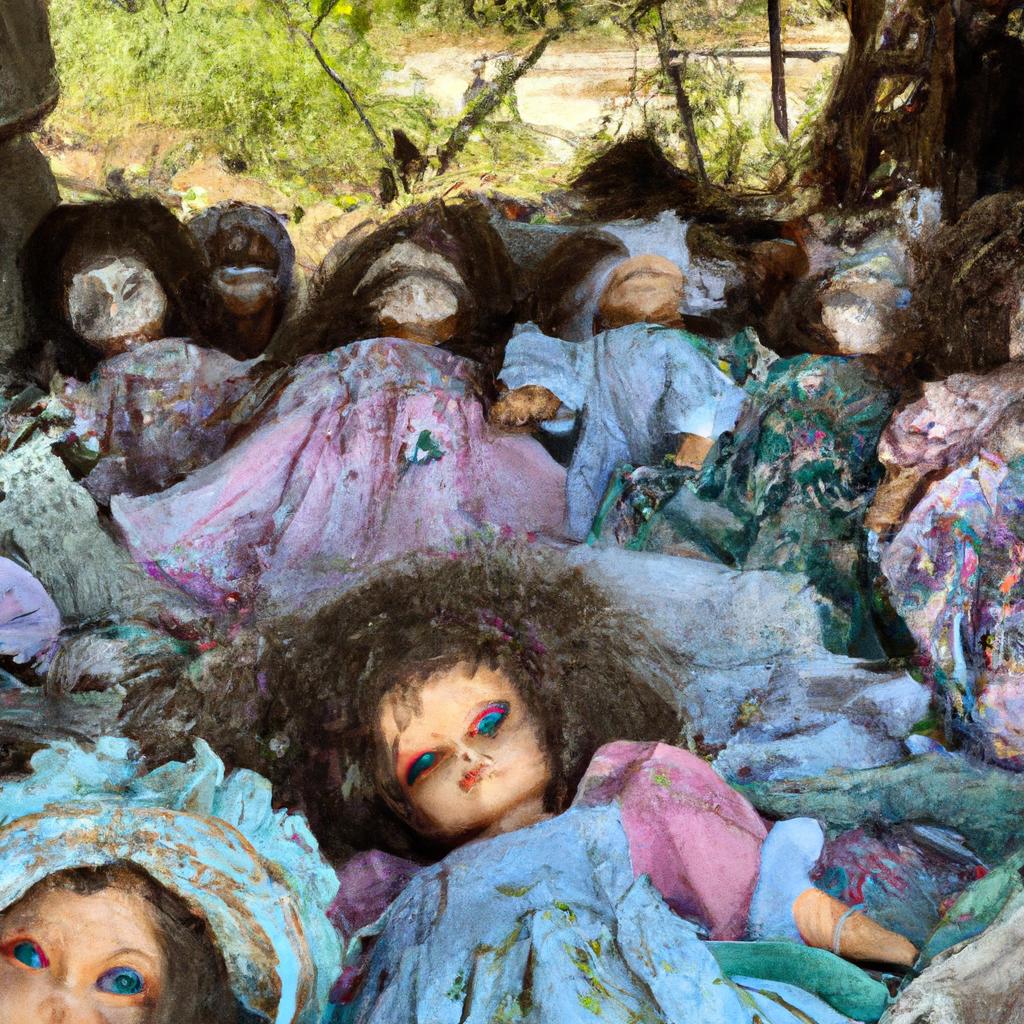If you’re seeking a unique and spine-chilling destination, Doll Island in Mexico deserves a spot on your travel list. Located in the canals of Xochimilco, south of Mexico City, this island is adorned with hundreds of dolls hanging from trees, fences, and buildings. Its peculiar appearance and eerie atmosphere have transformed it into one of Mexico’s most popular tourist attractions.
But what is the story behind Doll Island, and why has it become such a significant part of Mexican culture and tourism? In this article, we’ll delve into the history, folklore, and cultural importance of Doll Island. Join me as we explore the mystery and fascination surrounding one of the world’s most extraordinary destinations.
The Mystery and Legend of Doll Island
Doll Island’s history can be traced back to the 1950s when a man named Julian Santana Barrera moved to the island. Legend has it that he stumbled upon the body of a little girl who had drowned in the canal, alongside a doll floating nearby. As a tribute to the girl’s spirit, Julian hung the doll from a tree. He continued collecting dolls from the canals and trash, adorning the island with these eerie decorations.
Over time, the island transformed into a shrine, with Julian consistently expanding his collection. Some believe that the dolls are possessed by the spirits of the deceased, and visitors have reported witnessing the dolls move their heads and limbs, or even whispering among themselves. Despite its haunting reputation, Doll Island has emerged as a popular tourist spot, attracting visitors from all corners of the globe.
A Symbol of Mexican Culture and Tradition
Beyond being a spooky attraction, Doll Island holds deep cultural significance in Mexico. The island has sparked inspiration in art, literature, and folklore, becoming intertwined with the country’s Day of the Dead celebrations. The dolls on the island symbolize the spirits of the departed, and visitors often leave offerings and prayers to honor them.
In conclusion, Doll Island is a unique and captivating destination that has captured the imagination of visitors and locals alike. Whether you embrace the legends or not, the island’s eerie ambiance and cultural importance are undeniable. If you’re seeking an off-the-beaten-path adventure, Doll Island is a must-visit.
History of Doll Island
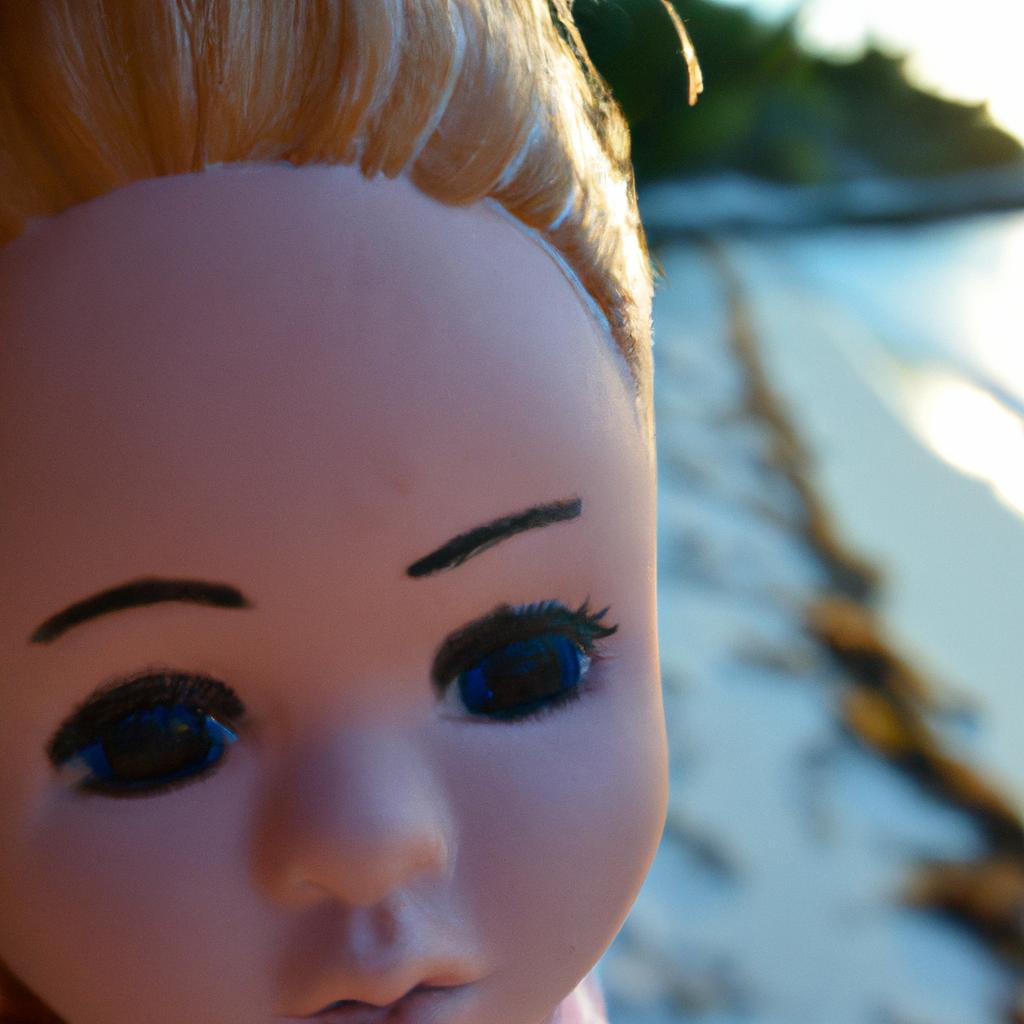
The Origin and Legend Behind the Island
Doll Island’s history is steeped in mystery and legend. According to local lore, the island was once a place of serenity and beauty where families would picnic and revel in the lush greenery. However, tragedy struck when a young girl met her untimely demise in the canal, plunging the island into darkness and terror.
Julian Santana Barrera, an island inhabitant, discovered the girl’s lifeless body and the doll floating nearby. As a tribute to the girl’s spirit, he hung the doll from a tree. Eventually, Julian began collecting more dolls from the canals and trash, adding to the island’s macabre ambiance. Although the reasons behind Julian’s compulsion to create the island of dolls remain unclear, some believe he aimed to ward off evil spirits or shield himself from harm.
Over time, the island evolved into a shrine, and Julian continued to augment his eerie collection until his passing in 2001. Today, the island welcomes visitors, with the dolls serving as a haunting reminder of its tragic past.
Historical Significance of the Dolls
Despite their unsettling appearance, the dolls on Doll Island have become a significant aspect of Mexican folklore and tradition. The island’s collection reflects Mexico’s deep-rooted beliefs in magic, spirituality, and the supernatural.
In Mexican culture, dolls are commonly incorporated into rituals and ceremonies as a means of honoring the departed and guarding against malevolent spirits. The dolls on Doll Island are believed to house the spirits of the deceased, prompting visitors to leave offerings and prayers as a sign of respect.
The island has also emerged as a symbol of Mexico’s Day of the Dead celebrations, a holiday dedicated to commemorating the departed and celebrating life. The dolls on the island represent the spirits of the deceased, underscoring the importance of remembering and honoring loved ones who have passed on.
In conclusion, Doll Island’s history is a mesmerizing and enigmatic tale that has captivated the imaginations of travelers worldwide. The dolls, while eerie, possess profound cultural significance that mirrors Mexico’s rich traditions and beliefs.
The Enigmatic Atmosphere of Doll Island
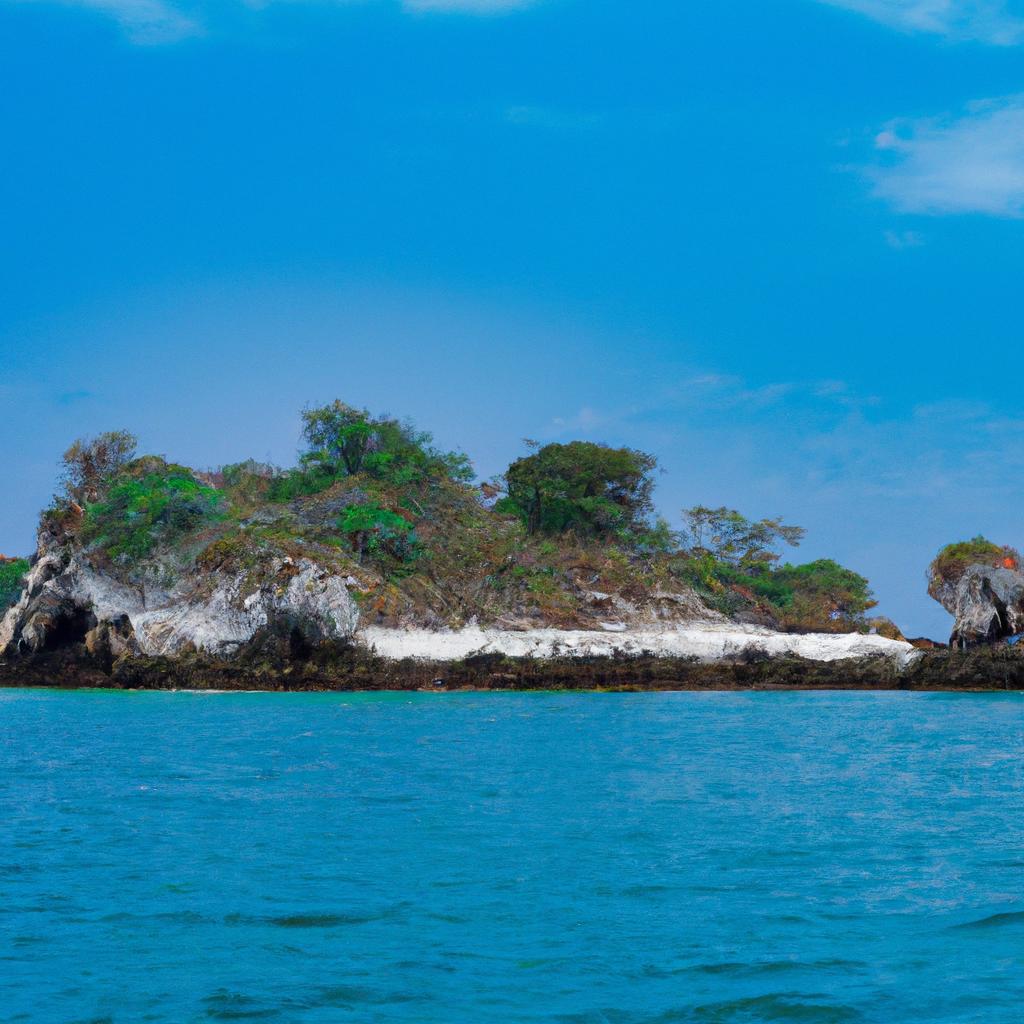
Stepping foot on Doll Island immediately immerses you in its chilling atmosphere. Trees adorned with dolls of all sizes and shapes engage you with their lifeless gazes. Some dolls are missing limbs or bear cracked faces, further intensifying the island’s unsettling aura.
Yet, the dolls alone do not account for Doll Island’s eerie ambiance. Multiple visitors have reported experiencing a sense of unease and the feeling of being watched, even when alone on the island. Whispers and footsteps emanating from the trees, as well as moving dolls, are not uncommon phenomena. Some have even claimed to sense the presence of the departed.
The island harbors several supernatural occurrences, including the tale of Julian Santana Barrera himself. Allegedly, he was driven to madness by the dolls’ spirits and ultimately drowned in the very canal where he discovered the young girl’s body. Some assert that his spirit lingers on the island, with visitors occasionally catching glimpses of his ghostly figure amidst the trees.
Another spectral phenomenon involves the presence of La Isla de las Munecas, a ghostly woman who entices visitors deeper into the island. Described as a beautiful figure donning a white gown and long black hair, she vanishes amidst the trees, leaving behind echoing laughter and whispers.
First-hand accounts from visitors to Doll Island are equally bone-chilling. Many recount feelings of dread and unease upon disembarking from the boat. Some claim to have witnessed the dolls moving or heard their whispers, while others mention feeling a cold hand upon their shoulder or spotting ghostly specters among the trees. Despite its spine-tingling reputation, Doll Island continues to enchant and draw visitors seeking a haunting experience.
In conclusion, Doll Island’s eerie atmosphere is not solely an outcome of its macabre decorations. There is an unexplainable and otherworldly essence permeating the island, which visitors vividly sense. Whether you choose to believe in the legends or not, Doll Island is a must-visit for those who revel in thrilling encounters.
Doll Island Today
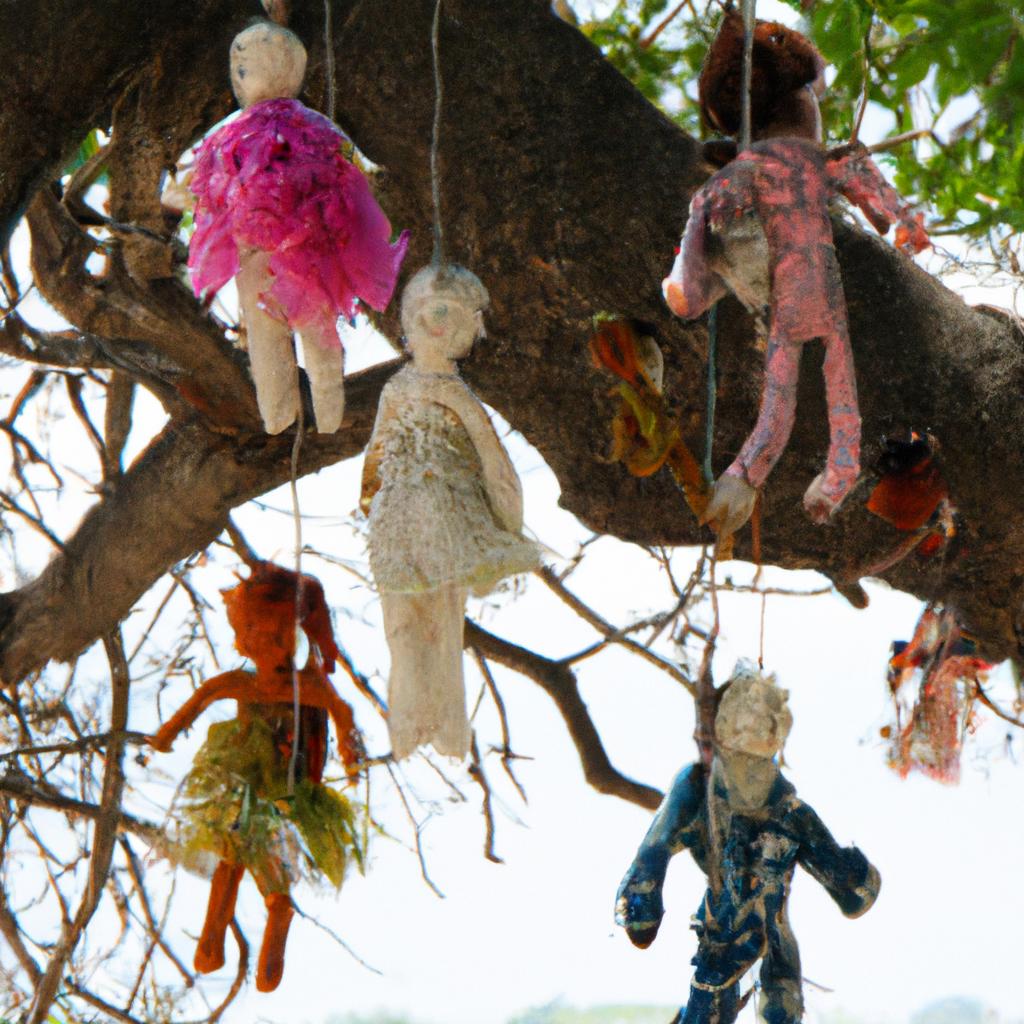
Doll Island has undergone substantial transformations over the years and is now a thriving tourist hotspot, boasting numerous attractions and activities.
The Island’s Present State
Thanks to Julian Santana Barrera, the previous owner, and the current caretakers who diligently maintain the dolls and island structures, Doll Island remains well-preserved. The dolls have aged over time, many becoming worn and tattered, further enhancing the island’s eerie allure.
Preservation Efforts
In recent years, efforts have been made to preserve the island’s unique character while safeguarding its delicate ecosystem. The island is part of the Xochimilco Ecological Reserve, necessitating visitors to adhere to strict guidelines for environmental conservation. The caretakers have also implemented sustainable practices such as composting and waste reduction to minimize the island’s ecological impact.
Tourist Attractions and Activities
Tourists can embark on boat tours of the canals, which include a stop at Doll Island. Visitors can explore the island, take photographs with the dolls, or even contribute their own dolls to the collection. Doll Island is particularly renowned for night tours, where visitors can experience its haunting atmosphere enveloped in darkness.
Alongside the dolls, other attractions await on the island. A small museum showcases exhibits highlighting the island’s history and folklore. Vendors selling food, beverages, and souvenirs further enrich the visitor experience, providing a unique shopping opportunity.
In conclusion, Doll Island has transformed into a vibrant tourist destination, granting visitors insight into the island’s history and cultural significance. Despite its popularity, great care has been taken by the caretakers to preserve the island’s natural beauty and protect its fragile ecosystem.
The Cultural Significance of Doll Island
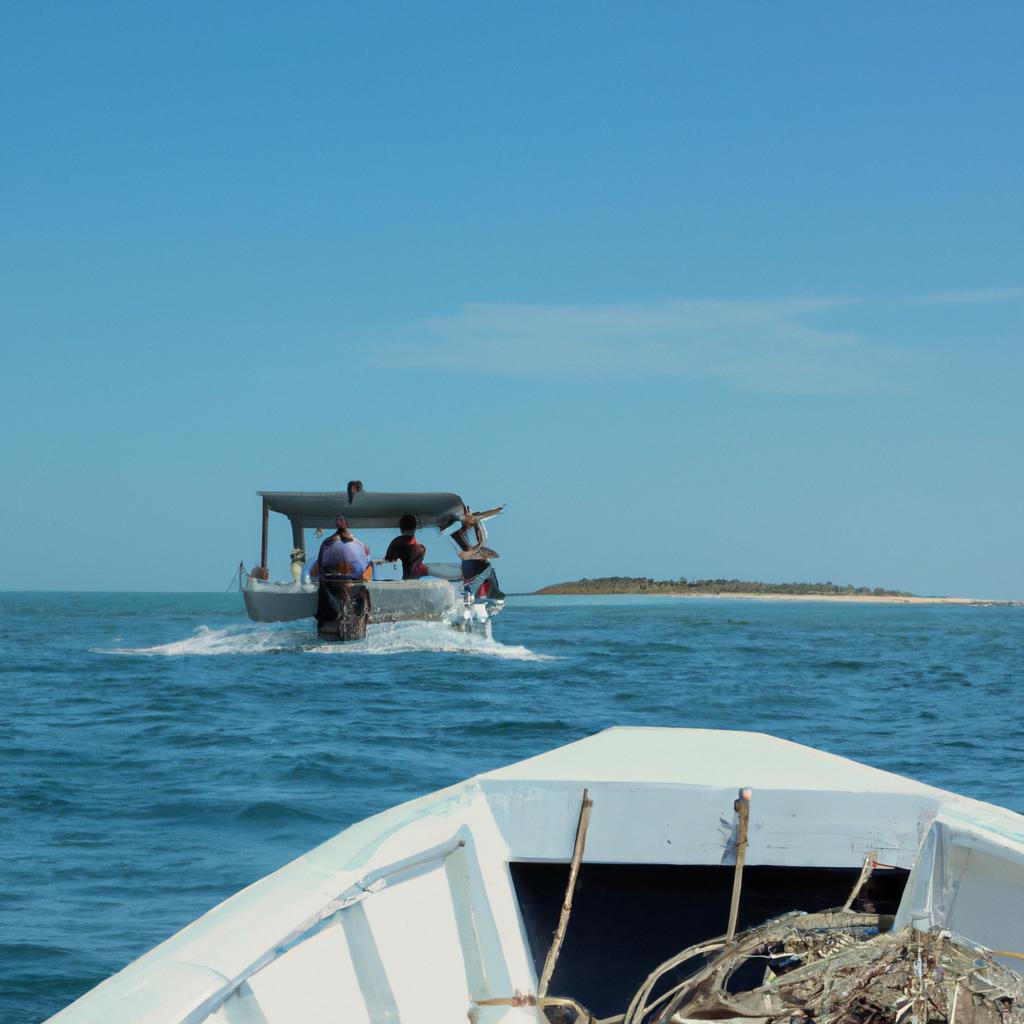
The Importance of Dolls in Mexican Culture
Dolls occupy a special place in Mexican culture and tradition. They feature prominently in religious ceremonies such as the Day of the Dead, symbolizing departed souls. Dolls are also gifted to children, and many families cherish heirloom dolls passed down through generations.
The dolls on Doll Island extend beyond representing the spirits of the deceased. They epitomize the innocence and vulnerability of children. As a result, the island has become a place of pilgrimage for families who have lost children, often leaving dolls on the island to honor their cherished memories.
Celebration of the Day of the Dead
The Day of the Dead, observed on November 1st and 2nd, serves as a poignant Mexican holiday to remember and honor loved ones who have passed away. Doll Island has become an integral part of these celebrations, with visitors bearing offerings and prayers to the island’s dolls.
During the Day of the Dead, families construct altars in their homes adorned with flowers, candles, and food offerings. Dolls and other toys are placed on these altars to signify the souls of deceased children. Doll Island serves a similar purpose, standing as a potent symbol of this holiday.
Influence of Doll Island on Mexican Folklore and Popular Culture
Doll Island has captivated the imagination of artists, writers, and filmmakers, ultimately weaving itself into Mexican folklore and popular culture. The island has been featured in numerous books, movies, and TV shows, and has been the subject of countless articles and documentaries.
The dolls themselves have also become a popular motif in Mexican art and fashion. Their colorful and macabre visages have been incorporated into clothing, jewelry, and home decor. The dolls are now synonymous with Mexican kitsch, boasting a cult following among collectors and enthusiasts.
In conclusion, Doll Island’s cultural significance transcends its eerie facade and supernatural legends. The dolls on the island embody deeply rooted Mexican traditions, infusing themselves into the tapestry of the country’s folklore and popular culture. Whether you’re a fan of horror movies or intrigued by Mexican history and tradition, Doll Island is an unmissable destination.
Conclusion
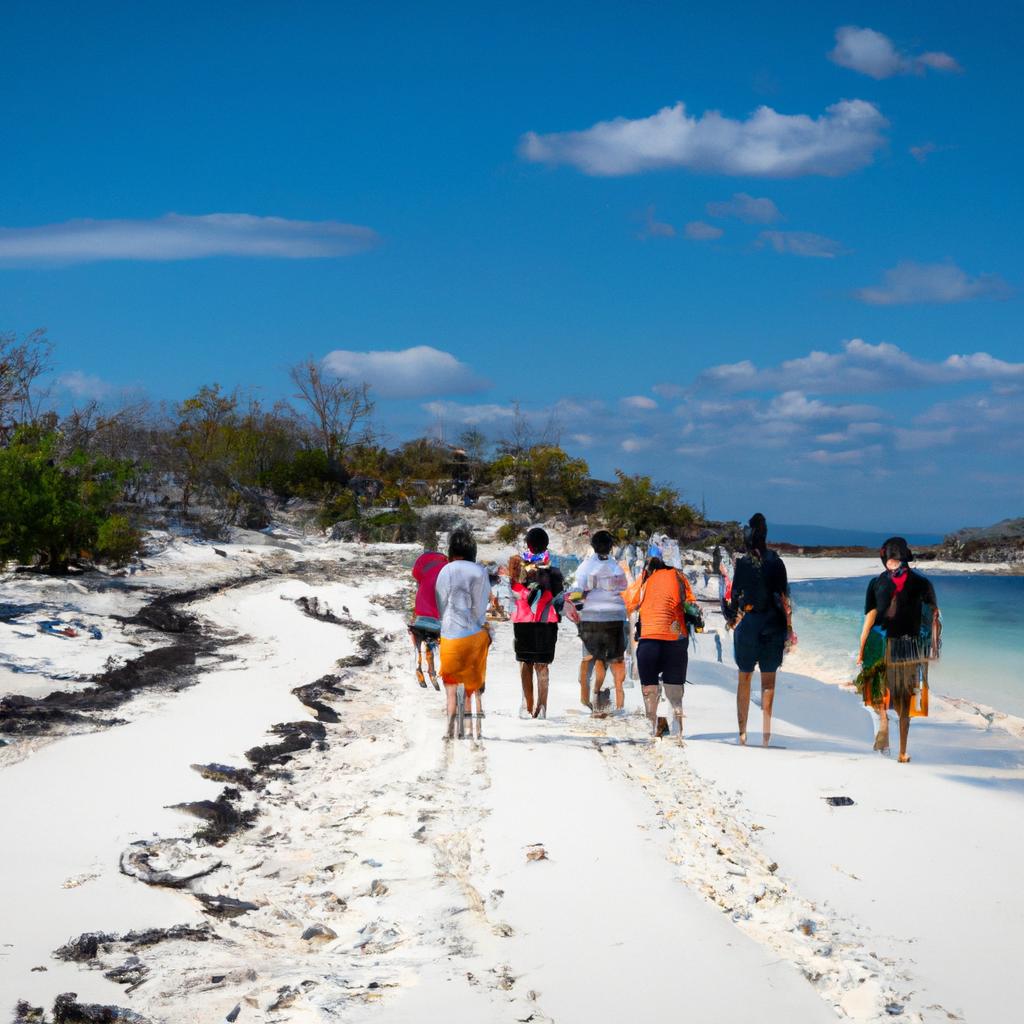
In conclusion, Doll Island in Mexico stands as an unparalleled destination, boasting a captivating history, cultural significance, and haunting atmosphere. The island’s multitude of dolls hanging from trees, fences, and buildings have become an iconic representation of Mexican folklore and tradition.
Over the years, Doll Island’s popularity has soared, drawing visitors from across the globe. Despite its reputation as a spine-chilling destination, the island has entrenched itself as a vital part of Mexican culture and a wellspring of inspiration for artists and writers.
If you’re planning a trip to Mexico, be sure to add Doll Island to your itinerary. Its eerie ambiance and cultural importance render it a destination impossible to overlook. From the legend of Julian Santana Barrera to the enchanting Day of the Dead celebrations, Doll Island promises a unique and indelible experience.
Thank you for joining me on this journey into the enigmatic allure of Doll Island. Stay tuned for more captivating stories and destinations from TooLacks. TooLacks
